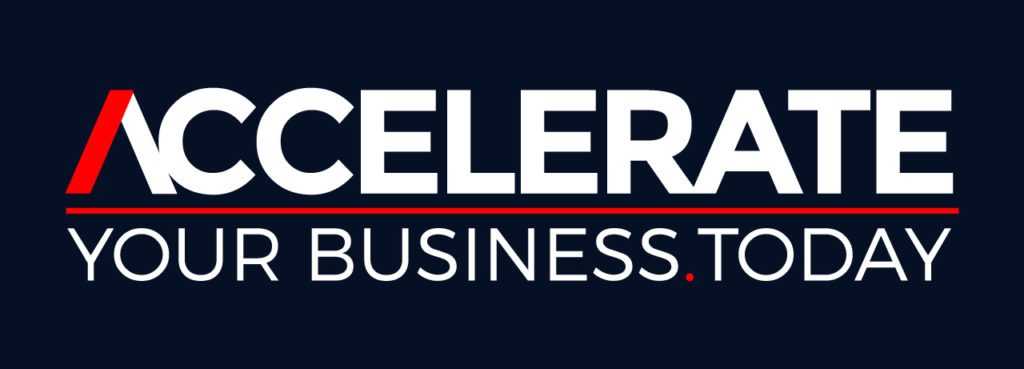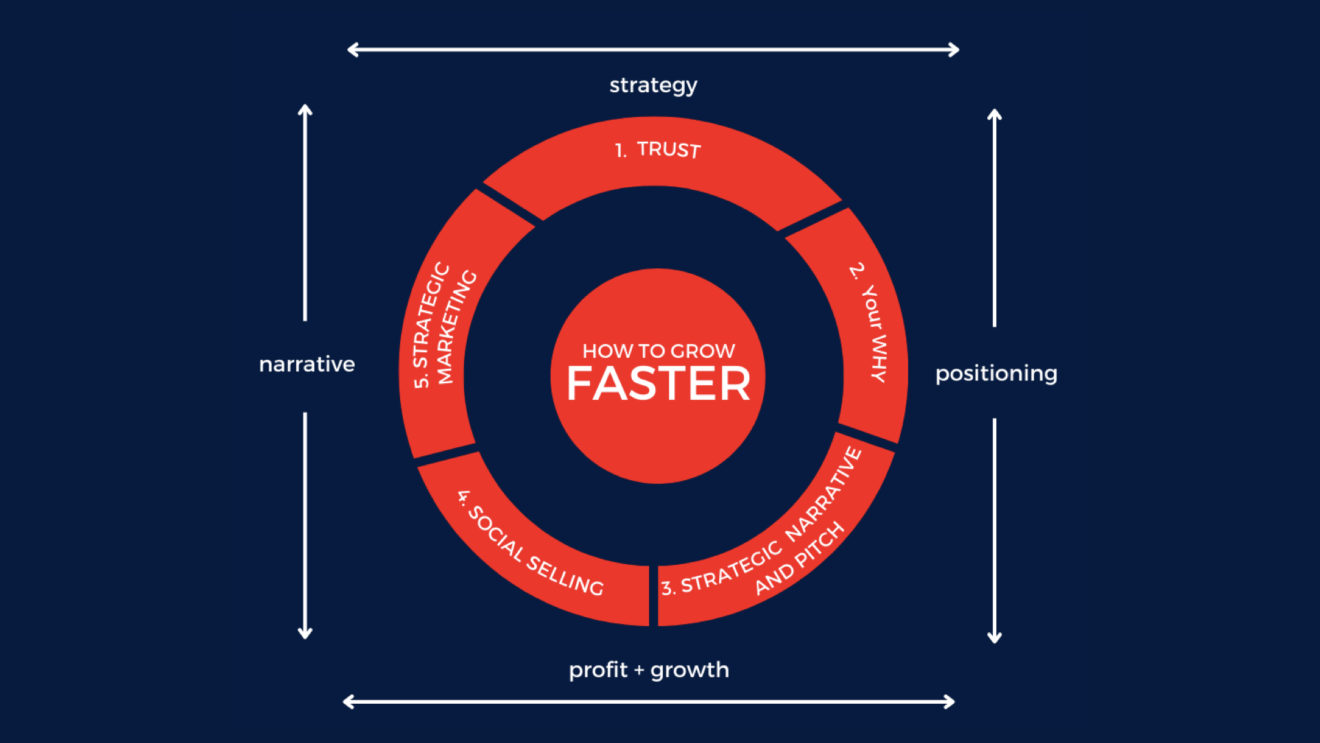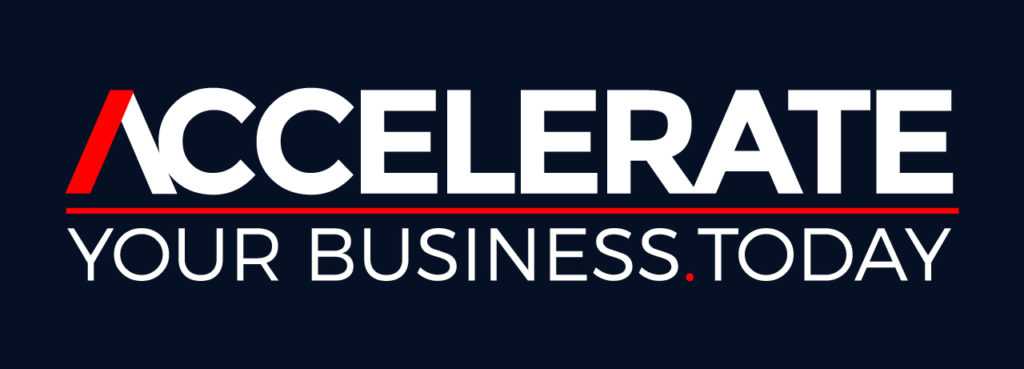The world was so simple and easy – you hung a sign out the front of your new office – accountant, lawyer, financial advisor, retailer. You joined Rotary, met people, and advertised in the local paper. Before long, you had a viable practice or business.
- Now it’s no longer a physical play – new buyers are 98% online,
- Your new potential clients could be in Cairns or Perth,
- But – the roadmap of how to win more new buyers online is vastly different,
Some businesses do it all so seamlessly – so quickly.
Decoding how the best grow faster – from 400,000 plus businesses across 47 countries over ten years found the fastest- focussed more on five critical pillars – The Balanced Growth Scorecard.
- The free Scorecard takes 10 minutes and 45 yes or no questions to complete,
- The Results are emailed to you soon after, which provide a detailed gap analysis and blueprint to fix your gaps,
- It identifies which pillars you score poorly in compared to how the best grow fastest,
- It’s your business’s custom deviation report from today’s best practices,
- It’s grounded in the proven science of how to grow faster in a digital world,
Now the most valuable asset in the world is attention – getting your ideal future buyers’ attention.
The average attention span is 8 seconds – short when they hit your website. To capture the next 8 seconds, you need a story more significant than your products and services.
If you’re looking for a new accountant – there are over ten thousand choices in Australia. How do you differentiate between them – when they haven’t done the work first?
- they all say – we are qualified, experienced,
- we have friendly offices,
- pictures of partners with various skill sets,
- contact us
From Cairns to Perth – very few think, act and communicate differently, which wins more clients.
One of the pillars of The Balanced Growth Scorecard is Strategic Narrative and Pitch.
Your business strategy is your strategic narrative – from your ideal buyer’s perspective.
You swap vision and mission for a buyer-focused strategic narrative and pitch.
A strategic narrative is critical for B2B selling because, unlike B2C (Business to Consumer), you are selling to a larger group of decision-makers.
The decision-makers include diverse roles and personas – CFO, CEO, Product Buyers and many others – with diverse problems that you might solve.
The best way to close a deal is by first uniting all decision-makers in a common cause that
- resonates with all,
- turns all of their problems into shared obstacles to winning,
A strategic narrative and pitch are part of a strategic solution – it follows from – Your Why – analysis.
It differentiates and positions your business to stand out and stand up compared to your competitors.
It is a powerful community-building asset by telling a bigger story than just your products and services, with your business’s values and purpose at its core.
When you capture your ideal buyer’s attention – you want them to stay longer and read and view more of your content.
- Website
- Landing pages
- Sales decks
The best way to do this is via a strategic narrative format that follows the same framework as the best-selling books and movies – to maximise view time.
The purpose of a strategic narrative is not to tell prospective buyers – how they are doing it wrong – by buying from your competitors.
Nor is it to try and summarise a complex offer into several dot points. Or a buy now because of a unique offer campaign.
Instead, it starts with the potential buyer’s perspective about making better sense of suspicions or doubts that they need to do it differently – to achieve their aims.
Framing – winners, like you, are now winning by doing X, showing your potential buyers that winners are already embracing the new narrative and that your business’s products and services solve their problems best.
Making sense of how best to win more digital buyers is now meeting and greeting in a digital format – there is the best or most challenging way. Which way would you prefer?



